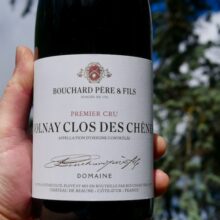
Product information
Domaine Bouchard Pere et Fils Volnay 1er ‘Clos du Chenes’ 2020
$229
Description
A ripe, airy and cool mix consists mainly of red and dark raspberry, anise and an equally pretty mix of floral elements. There is both excellent volume and vibrancy to the sappy, powerful and muscular larger-scaled flavors that brim with minerality on the serious, long and built-to-age finale. Patience absolutely recommended.
Allen Meadows, Burghound 90-93 Points ♥ Outstanding
Only 1 left in stock
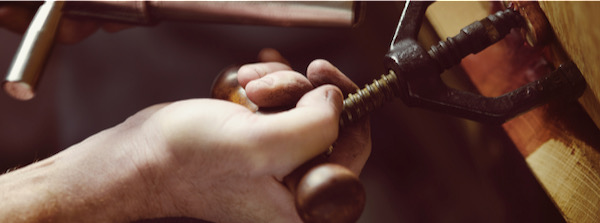
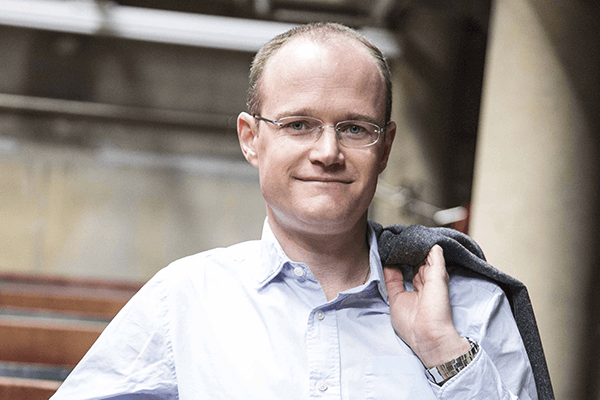


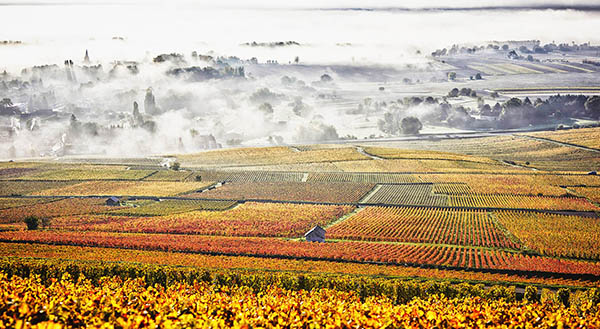


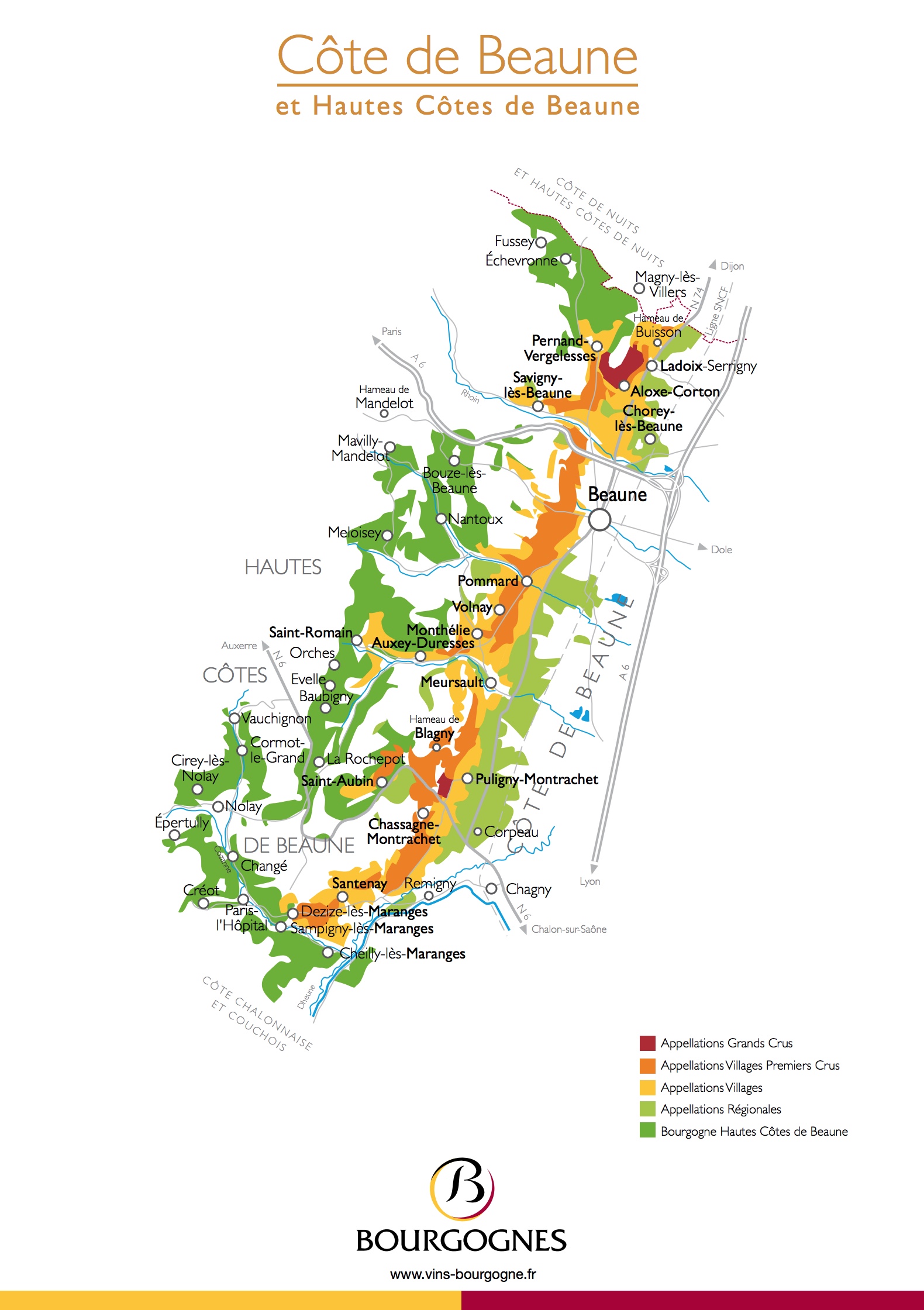
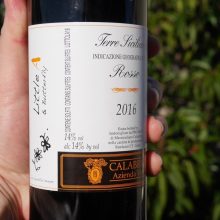



You must be logged in to post a comment.